Stainless steel wire MIG welding is a versatile and efficient process that is widely used in various industries for joining metals efficiently and effectively. MIG welding, also known as Gas Metal Arc Welding (GMAW), is a popular welding technique that utilizes a consumable wire electrode to create high-quality welds. When combined with stainless steel wire, MIG welding becomes even more versatile, allowing for the welding of various stainless steel alloys with precision and ease. Stainless steel wire MIG welding offers numerous benefits over other welding processes. Firstly, stainless steel wire is known for its high tensile strength and corrosion resistance, making it an ideal material for welding applications in industries such as automotive, construction, and manufacturing. Stainless steel wire MIG welding ensures strong and durable welds that can withstand harsh environmental conditions, making it a preferred choice for critical applications where weld integrity is paramount.

.
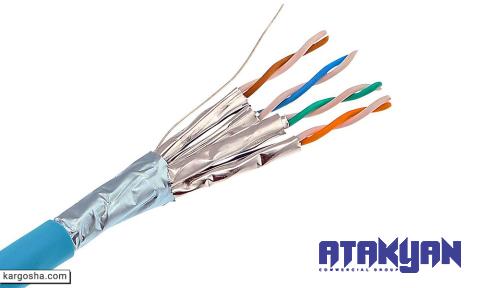 One of the key factors that contribute to the success of stainless steel wire MIG welding is proper preparation of the materials and understanding the welding parameters. It is essential to clean the stainless steel surfaces to be welded thoroughly to remove any contaminants that could affect the quality of the weld. Proper fit-up of the parts to be welded is also crucial for ensuring good weld penetration and strength. When selecting the right stainless steel wire electrode for MIG welding, it is essential to consider the specific requirements of the welding application. Stainless steel wire electrodes are available in various grades and compositions, each designed for specific types of stainless steel alloys and welding conditions. Understanding the characteristics of different stainless steel wire electrodes will help you choose the most suitable electrode for your welding project.
One of the key factors that contribute to the success of stainless steel wire MIG welding is proper preparation of the materials and understanding the welding parameters. It is essential to clean the stainless steel surfaces to be welded thoroughly to remove any contaminants that could affect the quality of the weld. Proper fit-up of the parts to be welded is also crucial for ensuring good weld penetration and strength. When selecting the right stainless steel wire electrode for MIG welding, it is essential to consider the specific requirements of the welding application. Stainless steel wire electrodes are available in various grades and compositions, each designed for specific types of stainless steel alloys and welding conditions. Understanding the characteristics of different stainless steel wire electrodes will help you choose the most suitable electrode for your welding project.
..
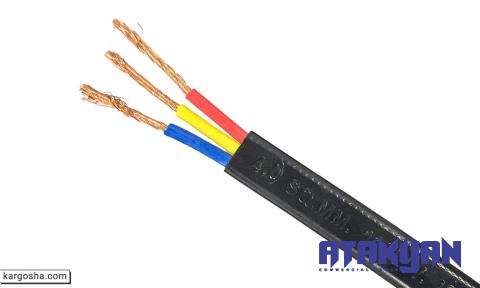 In addition to selecting the right stainless steel wire electrode, setting the correct welding parameters is critical for achieving optimal weld quality in stainless steel wire MIG welding. Factors such as wire feed speed, voltage, and shielding gas flow rate must be adjusted to match the thickness of the stainless steel material being welded and the desired weld characteristics. Fine-tuning these parameters will help you achieve smooth, consistent welds with minimal spatter and distortion. While stainless steel wire MIG welding offers numerous advantages, it is essential to follow proper safety precautions and best practices to ensure a safe and successful welding operation. Protective gear, including welding helmets, gloves, and clothing, should be worn at all times to protect against welding arc radiation and flying sparks. Adequate ventilation is also crucial to prevent exposure to harmful fumes and gases produced during welding.
In addition to selecting the right stainless steel wire electrode, setting the correct welding parameters is critical for achieving optimal weld quality in stainless steel wire MIG welding. Factors such as wire feed speed, voltage, and shielding gas flow rate must be adjusted to match the thickness of the stainless steel material being welded and the desired weld characteristics. Fine-tuning these parameters will help you achieve smooth, consistent welds with minimal spatter and distortion. While stainless steel wire MIG welding offers numerous advantages, it is essential to follow proper safety precautions and best practices to ensure a safe and successful welding operation. Protective gear, including welding helmets, gloves, and clothing, should be worn at all times to protect against welding arc radiation and flying sparks. Adequate ventilation is also crucial to prevent exposure to harmful fumes and gases produced during welding.
…
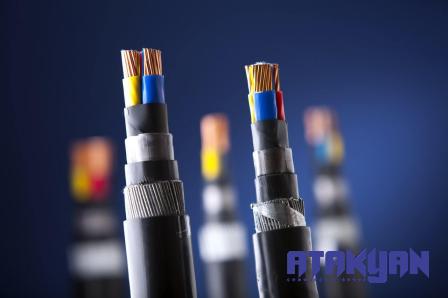 In conclusion, stainless steel wire MIG welding is a versatile and efficient welding process that offers numerous advantages for joining stainless steel materials. Whether you are working on a small DIY project or a large-scale industrial application, stainless steel wire MIG welding provides the strength, durability, and precision needed to create high-quality welds. By understanding the principles and techniques of stainless steel wire MIG welding and following proper safety guidelines, you can achieve excellent results and produce welds that meet the highest standards of quality and integrity.
In conclusion, stainless steel wire MIG welding is a versatile and efficient welding process that offers numerous advantages for joining stainless steel materials. Whether you are working on a small DIY project or a large-scale industrial application, stainless steel wire MIG welding provides the strength, durability, and precision needed to create high-quality welds. By understanding the principles and techniques of stainless steel wire MIG welding and following proper safety guidelines, you can achieve excellent results and produce welds that meet the highest standards of quality and integrity.



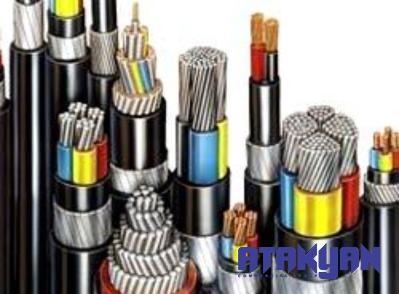
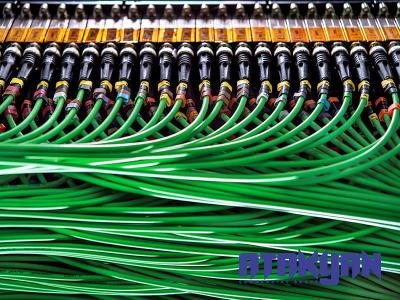

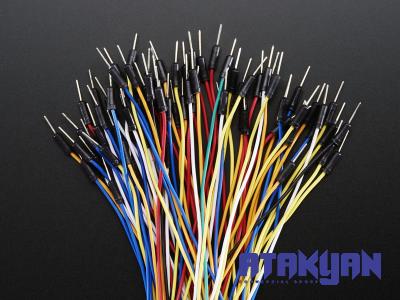

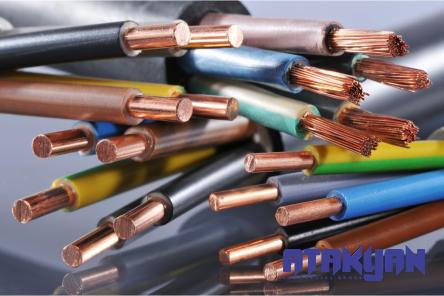
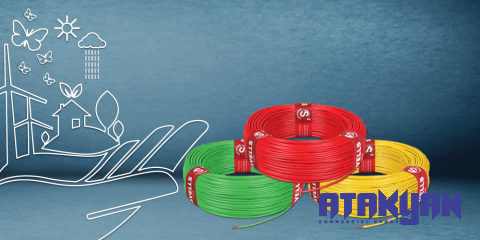
Your comment submitted.